Carson Cooman: Ascensions (2009) for SATB chorus, traverso, baroque violin, viola da gamba, and orga
 Instant Download
Instant Download
Details
Description
SKU: A0.535387
Composed by Carson Cooman. Baroque,Contemporary,Sacred. Octavo. 65 pages. Musik Fabrik Music Publishing #3043973. Published by Musik Fabrik Music Publishing (A0.535387).I. Sinfonia
II. To Mary on the vigil of her Assumption
III. A Votive Song
IV. The Heliotrope-the mind of man turned to God
Ascensions (2009) for SATB chorus, traverso, baroque violin, viola da gamba, and organ was commissioned by and is
dedicated to the Cornell University Chamber Singers, Holland J. Jancaitis, director.
The work is a cantata consisting of an instrumental sinfonia followed by choral settings of three poems by "neo-Latin" poet
Jakob Balde, S.J. (1604–68), hailed as the "Horace of Germany" and considered one of the greatest Latin poets of any era.
In the case of the three poems selected, Balde’s vivid imagery and mastery of Latin poetics are put in service of religious
expression. The poems are filled with countless allusions to the classical poetic tradition; notably, he creates a strong
correlation between the Virgin Mary of his Christian tradition (Balde was a Jesuit priest) and the goddesses invoked in
classical Latin poetry. Thus, Balde uses the older forms to express something that was, for him, contemporary and
relevant. (An analogue to this use of language is the idea of creating new music to be played on "period instruments.")
The opening sinfonia begins with an ascending pattern of triads, which returns throughout the work. The forward
momentum is interrupted several times before the movement settles tonally. The first choral movement employs a
bouncy momentum to set the celebratory poem on the Virgin’s assumption. The second movement is a prayerful song on
the acceptance of death; it is spare and meditative, unfolding as a series of sectional canons over several drones. The final
movement returns to the celebratory spirit of the opening; this time, instead of the Virgin’s journey, the poem describes
the speaker’s journey and compares a purposeful sea voyage to a directed life.
Balde’s poems are provided in their original Latin and in two translations. One is a free translation in rhyming poetic
English created by James J. Mertz, S.J., longtime professor at Loyola University. The other is a newly-created literal
translation by Edward J. Vodoklys, S.J., Senior Lecturer in Classics at the College of the Holy Cross.
Carson P. Cooman, January 2009, Cambridge, Massachusetts, USA
PERFORMANCE NOTES: The composer prefers a classically-informed Italianate pronunciation of the Latin
("church Latin" is acceptable). (It is important that "V" always be pronounced as "V", not as the "W" sound
often used by classical Latinists.)
The work is conceived for a chamber choir, as a larger choir would not balance the timbres of the baroque
instruments. It is suggested that 16–24 singers be employed (no fewer than 12).
As with much early repertoire, dynamic and expressive markings are kept to a minimum. It is expected that
director and performers will inflect lines expressively and naturally. The organ part is notated for a small portatif
organ with pull-down pedal (with no independent pedal stops). If played on a larger instrument, this smaller
registration plan should be kept in mind so as to create balance with the instruments and choir
This product was created by a member of ArrangeMe, Hal Leonard’s global self-publishing community of independent composers, arrangers, and songwriters. ArrangeMe allows for the publication of unique arrangements of both popular titles and original compositions from a wide variety of voices and backgrounds.
Digital Downloads are downloadable sheet music files that can be viewed directly on your computer, tablet or mobile device. Once you download your digital sheet music, you can view and print it at home, school, or anywhere you want to make music, and you don’t have to be connected to the internet. Just purchase, download and play!
PLEASE NOTE: Your Digital Download will have a watermark at the bottom of each page that will include your name, purchase date and number of copies purchased. You are only authorized to print the number of copies that you have purchased. You may not digitally distribute or print more copies than purchased for use (i.e., you may not print or digitally distribute individual copies to friends or students).
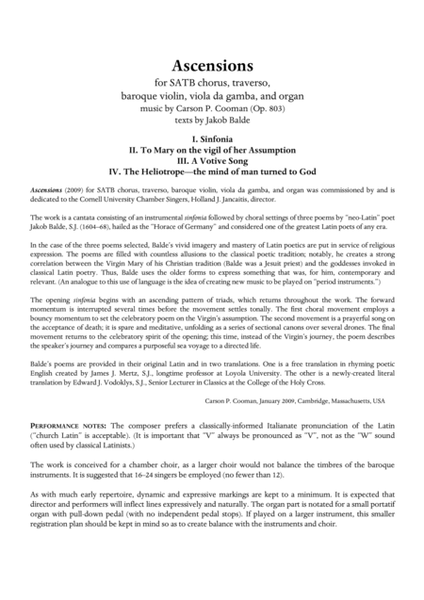
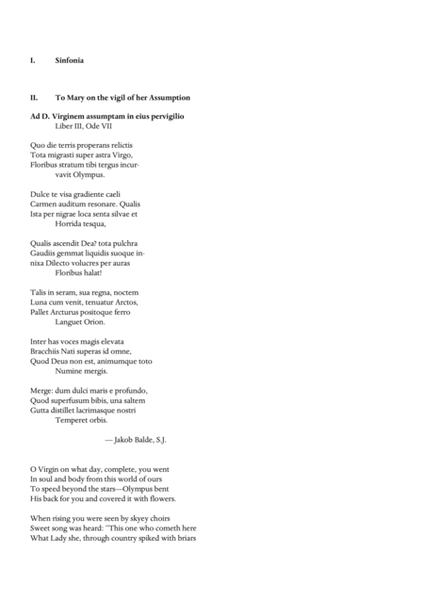
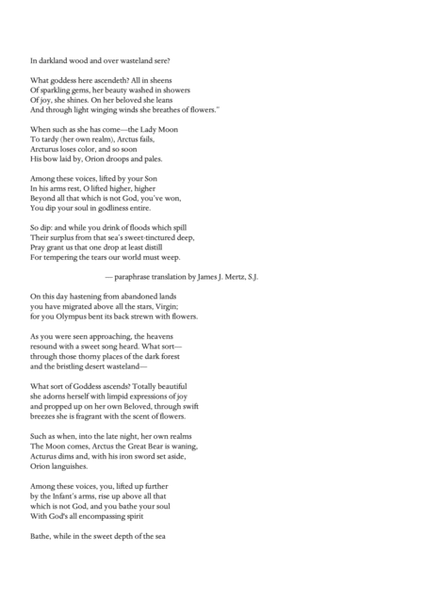
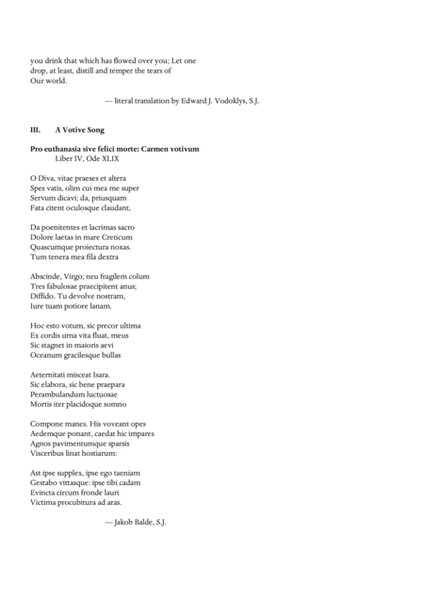
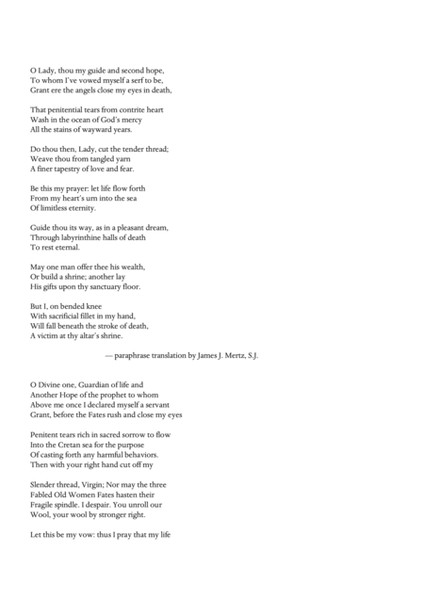
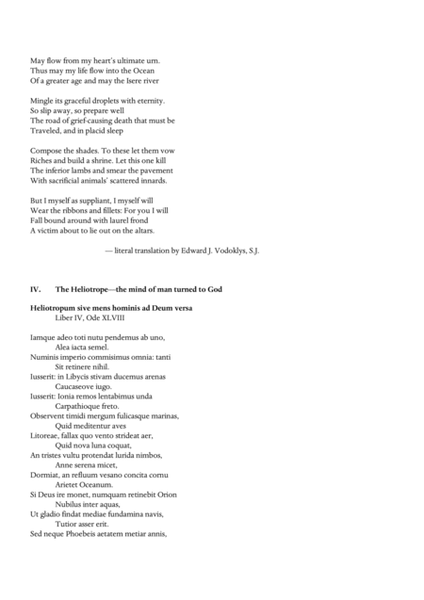
 Share
Share